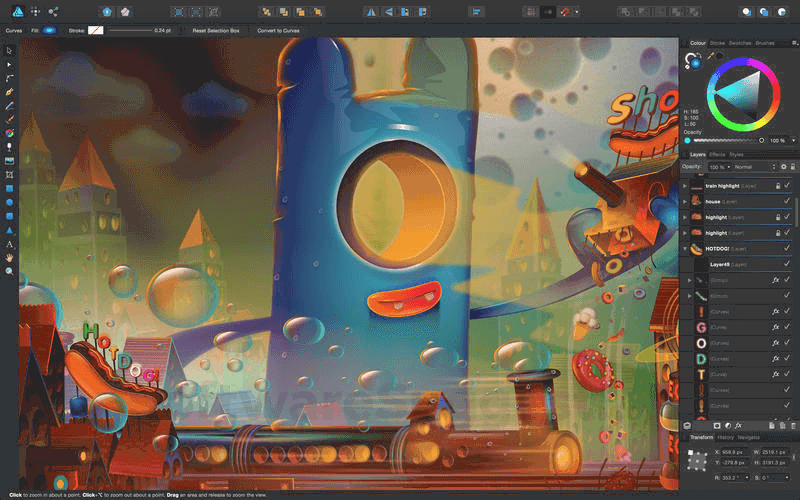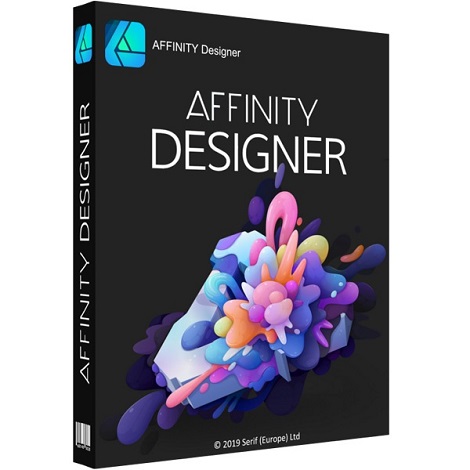


The event that started to dissolve Adobe’s grip was a sale that Serif, makers of the so-called “Affinity trinity” of Affinity Publisher, Affinity Designer, and Affinity Photo, held during the early days of the pandemic. I was unenthused about the time and effort involved in learning another app and redoing my moderately complex documents, so I kept subscribing despite my increasingly dysfunctional relationship with Adobe’s suite. Entire months would go by without me even launching one of the Adobe Creative Cloud apps. The price was high, but I felt it was worthwhile for the print work I was doing and to maintain my familiarity with that part of the industry.īy 2020, however, the running club was producing fewer print pieces-everything had moved online-and that $54 per month was starting to grate. And while my abilities with Illustrator are minimal at best (Photoshop completely confounds me), I appreciated being able to use it to collaborate more fluidly with designers and production systems. My fingers remembered InDesign’s keyboard modifiers and shortcuts from nearly a decade earlier, and I enjoyed setting up proper documents with carefully designed master pages, character and paragraph styles, and more. Acrobat Pro remained essential for Take Control’s workflow through 2017, and in 2016, I started using InDesign and Illustrator to create posters, sign-up sheets, and similar print collateral for the Finger Lakes Runners Club. I got pretty good with InDesign and enjoyed using it.Īfter the Take Control-related books we published with Peachpit around 2007, my reliance on InDesign fell off.

I then used InDesign to write and edit at least 14 books over the next few years.

I first purchased Adobe InDesign in 2003 to write iPhoto 2: Visual QuickStart Guide for Peachpit Press, switching from QuarkXPress because of the move to Mac OS X. The decision was purely financial-$54 per month works out to nearly $650 per year, which was far too much for the value I derived from InDesign, Illustrator, Acrobat Pro, and Photoshop, without even considering the other 15 or so Creative Cloud apps that I never installed. I had no particular complaints about the software, nor did I have any troubles with Adobe.


 0 kommentar(er)
0 kommentar(er)
